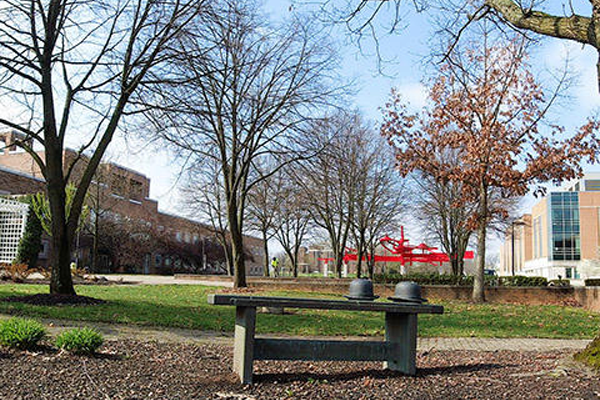
Excerpt from the Chronicle of Higher Education
It was a long time coming; 140 years, in fact.
When Republicans seized control of both chambers of North Carolina’s General Assembly, in 2010, for the first time in more than a century, they quickly set about remaking a politically moderate state that Barack Obama had carried in the presidential election just two years earlier.
Buoyed by a Tea Party backlash against the nation’s leftward drift, Republicans redrew voting districts and pushed socially conservative proposals that hardened political battle lines. A ban on same-sex marriages passed in 2012. Several years later came a “bathroom bill,” restricting transgender people’s access to restrooms. (Both measures would later be undone in courts).
Less noticed in those early days of Republican rule was a methodical effort that reshaped the culture and policies of what is arguably the state’s most beloved and influential institution: the University of North Carolina system.
Exerting political dominance over higher education in North Carolina, where public universities anchor the Research Triangle and college basketball dominates the culture, gave Republicans an opportunity to put their stamp on a particularly high-profile state agency. It was the view of many in the new Republican majority that the system, governed for decades by a board of Democratic-friendly appointees, had allowed unchecked liberalism to crowd out conservative viewpoints in the classroom and wasted taxpayer money on professors’ left-wing indulgences.
The key to transforming these institutions lay in the Board of Governors, which at the time was a group of 32 people who oversaw 16 universities. Often invisible in daily campus affairs, college governing boards have a profound influence on the policies and priorities of public universities. They set tuition, hire and fire presidents, and approve strategic plans. Beyond that, though, they have tremendous latitude in setting their own agendas.

